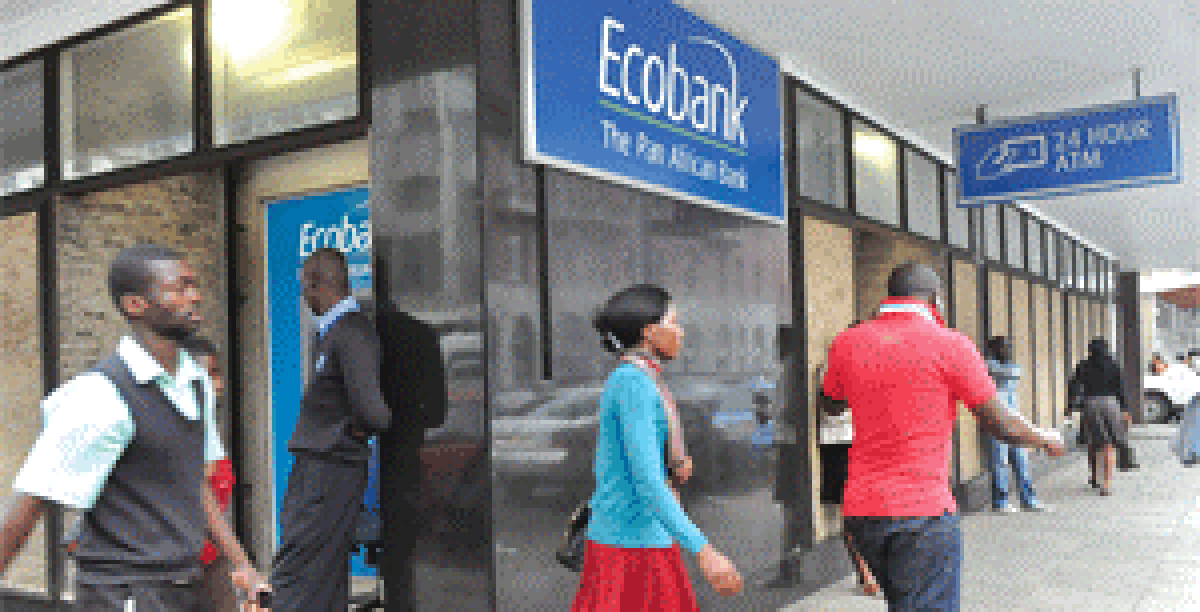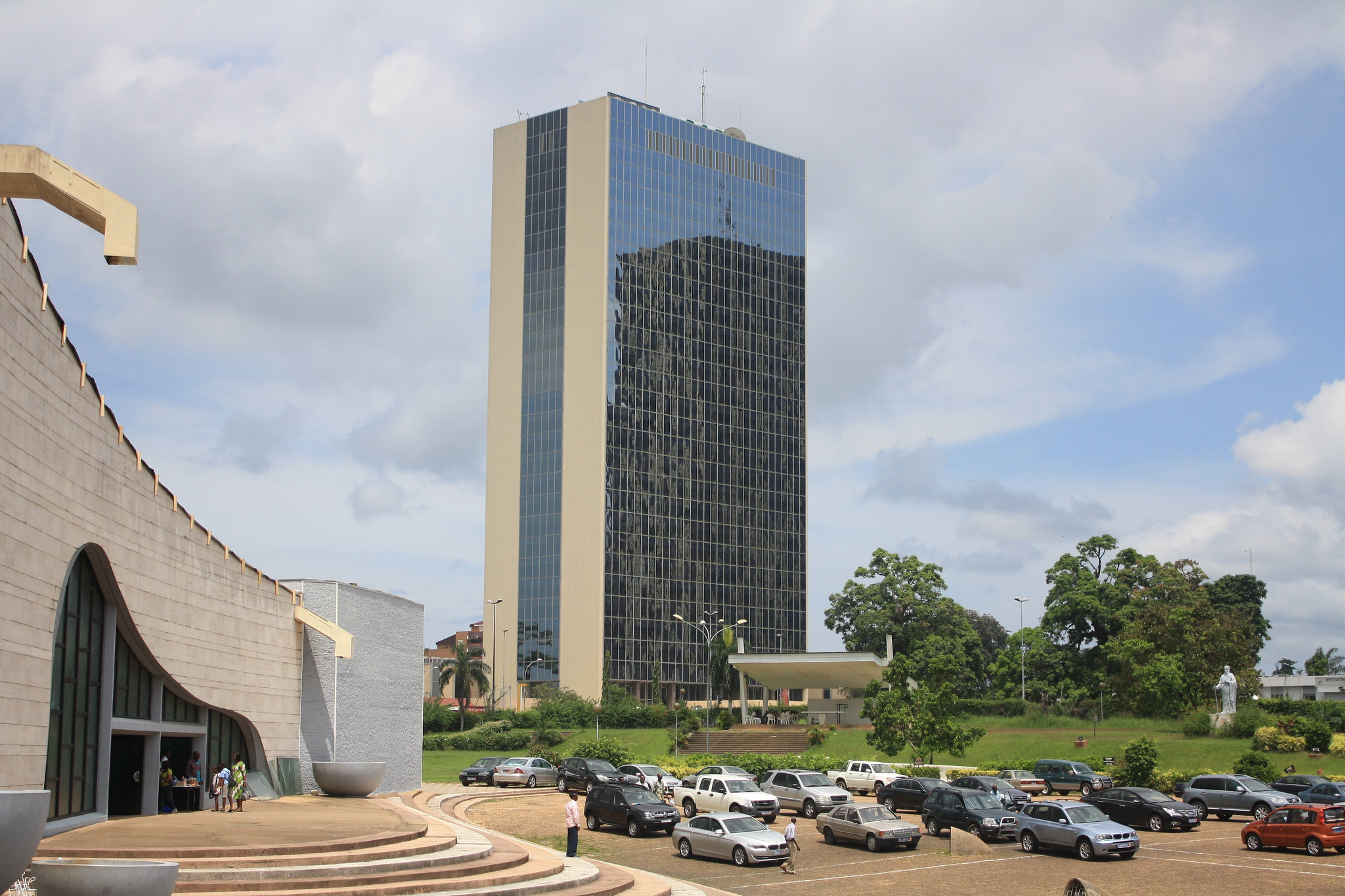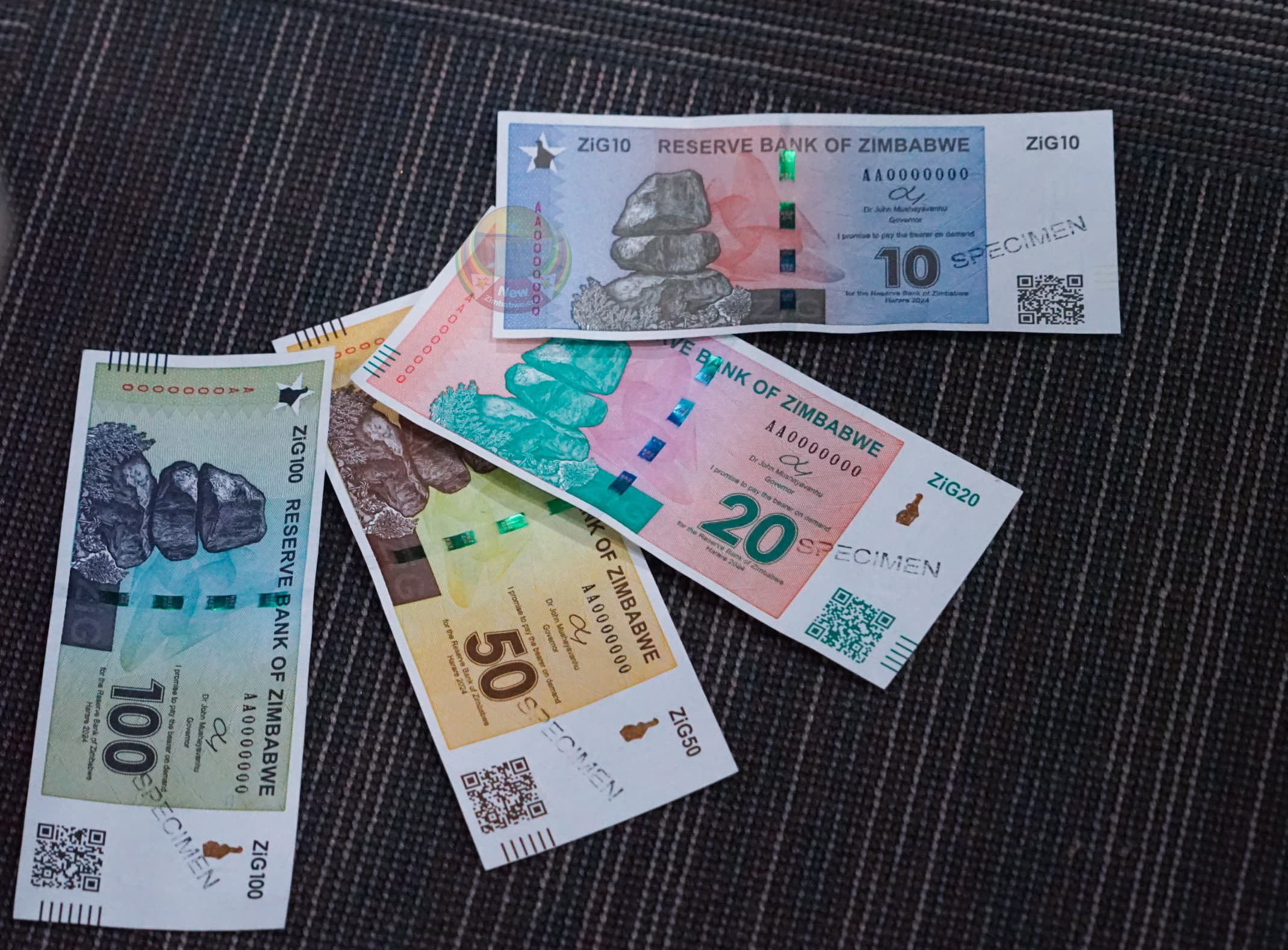Buyers to dominate activities at VFEX
Activity is expected to be skewed towards buyers on the growing Victoria Falls Stock Exchange (VFEX) in the short to medium term, according to analysts’ projections.
The US dollar denominated exchange, which has seen exponential growth this year, has been experiencing liquidity challenges as a result of slow activity.
But as the exchange grows, further attracting quality stocks, as envisioned by its parent company the Zimbabwe Stock Exchange (ZSE), liquidity is also expected to grow with both local and foreign, institutional and retail investors pouring their monies on the bourse to hedge against currency volatility.
“In the short term, the VFEX is expected to be a buyers’ market with liquidity conditions expected to possibly ameliorate from dividend re-investments,” said stock brokers IH Securities.
Meanwhile, the VFEX added one new listing in July with the migration of Zimplow Holdings Limited from the main bourse, the ZSE.
Zimplow became the 14th issuer on the bourse since the exchange was launched three years ago.
Despite the new listing, VFEX total market cap backtracked 9,13 percent to US$1,17 billion led by losses in seven of the 13 counters as volumes took a dip.
Volumes during the month went down 32,11 percent from the previous month to 10,72 million shares and total value traded fell 10,18 percent to US$2,73 million.
Innscor and National Foods accounted for 93 percent of liquidity in the market.
Simbisa saw the highest traded volumes at 3,56 million shares followed by Bindura with 3,04 million shares trading hands.
Weighing the market, Axia fell the heaviest in the month declining 30 percent, whilst Innscor and Padenga followed with losses of 18 percent and 15 percent respectively. Newcomers Zimplow went down 8 percent in the period.
On the upside, First Capital Bank paced the fastest with an 11 percent gain whilst food processing giant – National Foods put on a marginal 0,5 percent increase.
On the primary bourse, the ZSE, July saw a reversal in trading conditions compared to June on liquidity constraints for the local currency.
As a result, total market value took a 34 percent dip month on month in nominal terms to $9,14 trillion dragged by heavy weights.
The primary indicator, the ZSE All Share Index saw a downturn of 33 percent while the market’s big caps the ZSE Top 10 Index lost 44 percent of value during the same period.
In real terms, the exchange slowed 15 percent to US$1,55 billion, which is still way below the long-time US$4 billion average.
At US$0,32 million, average daily value traded for the month of July was 52 percent below prior month.
However, volumes were more resilient declining a modest 2,35 percent to 168,32 million.
“At the current market cap, the ZSE is still trading at a discount to the long-term average of US$4 billion. As such, the ZSE offers upside, trading at a deep discount to fair value despite fundamental growth in businesses over the past three years and themes of increasing corporate transactions.
“While fundamentals speak to a bullish stock market in 2023, the ZSE has become a reflection of ZWL money supply. We are of the view we will continue to see strong correlation between money supply and ZSE stock market performance,” said IH Securities.=ebusinessweekly











